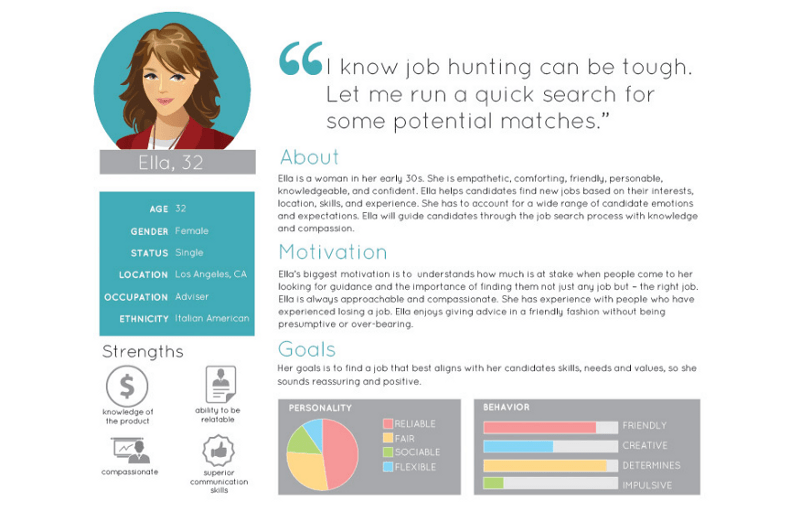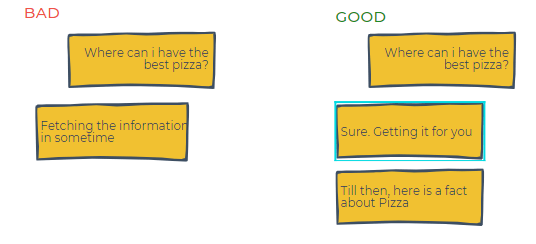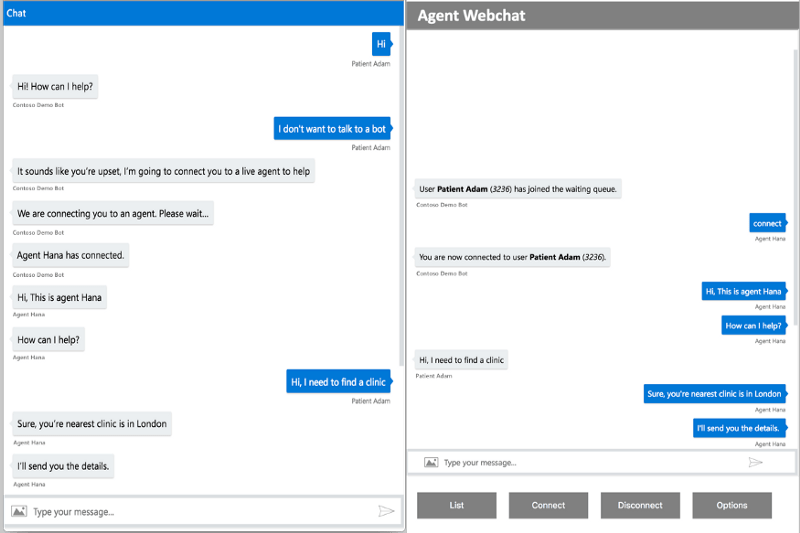The Ultimate Guide to Conversational Design for Chatbot
Chatbots or AI bots Conversation assistants or Contextual assistants are unarguably one of the fast-growing trends today across all industries. Several of the biggest tech companies are investing heavily in AI-driven messaging apps and services. We have established in simple words that, chatbots interact with humans, chatbots communicate with humans, and chatbots converse with humans! Fundamentally, it is the conversation between a machine and a user.
How would you like a conversation which is all sloppy, all over the place, not defined well, with irregular tense, or inconsistent responses? Of course, you would not fancy it! It’s another story that conversations like these do happen with your spouse and you should fancy it! (Just kidding)
Human interactions occur with structure, enunciation, gestures, eye contact, body language, etc. It certainly is straightforward to grasp what is communicated, processed, and responded to. Whereas, it becomes challenging when we are dealing with conversations between a machine and a human.

So, how will we make these conversations better? Who will write to them? How do we decide the flow? What next if they fail? Should there be an image response or text?
Enter Conversation Design! (🥁🥁🥁)
Conversation design defines the interactions between the user and a conversational agent, based on how people communicate in real life.
Conversation design is a growing discipline. It is about designing the interface between humans and machines to be as intuitive and natural as possible. Designing for conversation is no simple feat. It’s not simply about simplifying a call to action and adding a chat widget. When you truly design for conversations, you consider the entire journey and flow of the dialogue. It’s a multi-channel approach to the way people interact with your brand today.
A chatbot engineer ensures the technical flow; user input goes through Intent classification, Entity Extraction, Dialogue management, preserving context, policy learning, feedback considerations, and response to the user.
A conversation designer designs the user experience of the chatbot, gives personality to the bot, teaches them what to say, how to say, builds stories and paths, and thrives to add a human touch to the flow.
Principles of Conversation design
Providing accurate, worthy, and concise information to the user is attributed to good design. Erica Hall’s book, Conversational Design introduces a set of conversational design principles to generate human-likable interactions.
Cooperative
The world of humans operates on a give-and-take policy. If one person asks “How you buddy?”, the other person should answer “Just rocking bruh!” or something along those lines. It takes two or more parties(pun not intended!) to have a conversation. The machine should cooperate and respond to the user in the best way possible, ensuring less effort from the user end.
Goal-oriented
Yes, I am one of those people who is ambiguous about the ultimate goal of my life, but, chatbots cannot afford to be such. Clear goals and the scope of the agent need to be defined. It ought to have the goal to help the customers achieve their goals. Making a bank transaction, booking an appointment, ordering pasta, or checking leave balance.
Context-aware
How well the bot handles the context signifies the degree of remarkable conversation. Bots should be aware of the context most of the time. It is the front face of your brand, it should aim to communicate as the human agents will.

Quick and Clear
One of the predominant reason for chatbots becoming infamous is because it is quick. Instead of listening to the scintillating music on IVR and getting your hope up when you hear “You are the next caller”, the job gets done faster with chatbots. Also, making the responses crisp and easy to understand.
Turn-based
Imagine you are in a conversation with someone and only that person keeps talking, without giving much room for you to respond. Would you like it? No! Similarly, a bot should carefully listen and respond in its turn and answer to the point. A dump of responses all at once would not be appreciated by the user.
Truthful
Honesty is the best policy! — Being truthful in conversation design corresponds to a strong correlation between what the user expects and what the bot delivers. Chatbots should be continuously updated to deliver accurate answers with no chance of responding with false information. If done, the users would not trust the bot again.
Polite
Listening and responding to the point without pushing down discounts or offers down the throat of a customer is crucial. Bots should resolve the issue of the user without distraction and then move on to other topics.
Error tolerant
“To err is human!” “To err is chatbot too!”- Chatbots do fail, and the effort should be in making them fail gracefully. Having it say, “ I did not get what you said. Please rephrase” makes it monotonous and frustrating. Giving an option of buttons, prompting “Did you mean this?”, or “Do you want to talk to an agent?” goes a long way.
Conversational UI Elements

Conversational UI Components
The design process involves brainstorming, action, implementation, deliberation, and execution.
Define the purpose of a user-centric bot
The goal of the bot and the user should be synchronous. Determination of who the users are, what are they looking for, how can the bot solve their issues, and what requirement is to be fulfilled; are critical questions to be answered before going ahead. If the purpose and the need cannot be determined, you might have to rethink the need for a bot for your application.
Define the type of your bot
Chatbots can be Rule-based FAQ bots or AI-powered NLP bots. Rule-based bots are quicker, cheaper, and more effective with functionality limited to responding to simple questions based on rules set by the engineer. Bots with Natural Language Processing (NLP) can understand the context even when questions have more complexity. Accuracy is improved from time to time.
Define the persona of your bot
This is unquestionably the most important step in conversation design. Users are invested in a conversation with a bot if it sounds humanlike. The persona should be warm, have an identity, have a unique tone for the entire bot being, should establish empathy, and be polite just like any other customer-facing agent.
A catchy name, a catchy avatar, and a catchy tone will have a fabulous impression on the user to get started. A human-like conversation will make the user even more interested and involved in the bot.

Design the flow
Conversation flow is most often unpredictable, yet it is the responsibility of the designer to define and design the flow of conversations. Happy paths and sad paths should be implemented to cover crucial use cases and scenarios.

Keep the user engaged
While the bot is doing the task of fetching an answer; it’s good to provide the user with a fun fact, or a joke to keep the connection intact.

Variety of responses
Design the bot to respond with a gif/image/video as a part of a conversation. The user will be thrilled to see audio-visuals than plain text for every response. Usage of buttons, menu options, and carousels makes it easier for the user as well as the bot as digression is minimized.

Prepare for chitchats, small talk, fallbacks
I started using Google Assistant by asking questions like “Can we be friends?”, “Sing a song for me”, etc. Certainly, many of us have done the same too. The designer can choose to keep a common answer saying “This is irrelevant” or respond with a witty or a quirky answer. Bring the user back to the conversation if they wander, fail graciously, and design a proactive bot.
Define Handover process
In the event of Complex issues, or transaction disputes where the user wants to talk to a human agent, the bot should seamlessly hand over to the human agent without glitches. The ultimate aim is to keep the conversation going till the user achieves their goal of utilizing the service.

Every product or service, be it a clothing line or a salon website requires purpose, planning, preference, presence, precision, and perseverance. This applies to chatbots or conversational AI assistants as well. Without following the right path and the right delivery, it would not gather the right acceptance. Know your audience, know the purpose and precisely define and deliver what is acceptable by comprehending the guidelines.
If you like what we do and want to know more about our community 👥 then please consider sharing, following, and joining it. It is completely FREE.
Also, don’t forget to show your love ❤️ by clapping 👏 for this article and let us know your views 💬 in the comment.
Join here: https://blogs.colearninglounge.com/join-us
